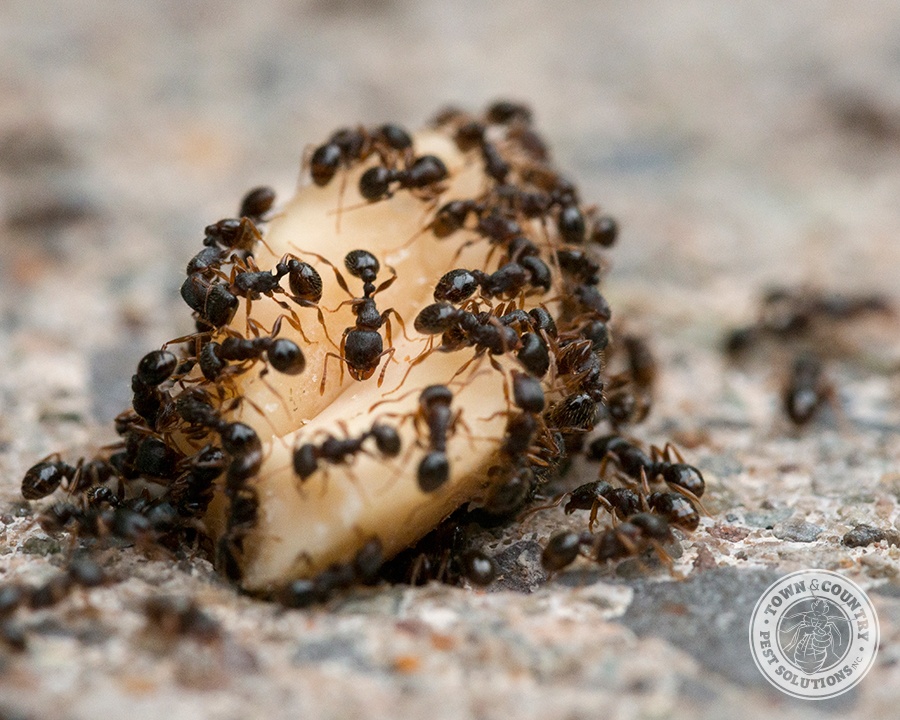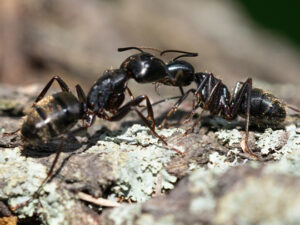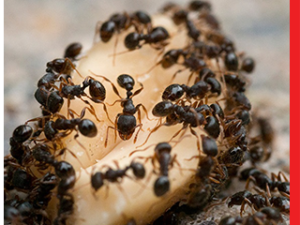
While most ant species are nothing to worry about, there are a few that can be considered pests, which are able to damage the home, spread diseases, and attack the inhabitants. Let’s take a closer look at these ants.
Carpenter ants
Carpenter ants are the first item on our list. This species is considered a pest because it will build its colonies inside wood. In this way, they are similar to termites, although they cannot do as much damage as fast as subterranean termites, but they are on par with drywood and dampwood termites. Carpenter ants can be identified by their large size, usually about a half an inch, when they wander around the home looking for food. It’s important to get this species removed as soon as possible because they can do a lot of damage if they are left untreated.
Fire ants
Fire ants are dangerous because of their venom. This ant species has the ability to sting, and inject a venom that causes a very painful reaction. The pain will linger for a few days, but then it will go away. However, the true danger comes when a person or an animal is stung multiple times by a swarm of fire ants, and a large amount of venom is injected, which can lead to serious reactions. This will usually happen when someone disturbs or gets too close to a fire ant nest.
Pharaoh ants
Pharaoh ants can pose a serious health threat because they transmit a plethora of illnesses including Salmonella and E. Coli. They are very small and light in coloration, so they are easy to identify. They can also be hard to control, because their colonies have multiple queens, often in the dozens or the hundreds.
Odorous house ants
Odorous house ants are not a threat to the integrity of the home or the health of the inhabitants, but their workers will release a bad odor when they are crushed. As such, they are more of a nuisance than a proper pest, but they are still not great to have in the home.
How these species are controlled
Different methods may be required to deal with each of these species, and a pest control pro will perform an inspection to identify the culprit and then determine a course of action. Contact us today if you have any questions about these ant species, or if you have an ant problem in











